‘Baker … HUMPHREYS … Pastry Cook’
The upper and lower case
words at each side are in a cursive script, acting as book-ends to the
central decorative capitals (which appear to be painted on a gentle
curve by the sign-writer). The hanging sign is a bit battered by 2022
with the lower part of the frame missing, but it's still a
double-sided, attractive design with an illustration of breads and
stalks of wheat. For many years, Humphreys baked 'kitchels' (spiced
bread cakes) to be used in the Harwich Mayor-making ceremony on the
third Thursday in May. The kitchels were thrown from the Guildhall
window by the Mayor to the crowd (see the Guildhall photographs above).
The bakery also boxed up the kitchels and provided them to local
schools; the Mayor would then go along and make sure every child
collected their kitchel. This 400 year-old tradition was once observed
in some Suffolk towns, but Harwich seems to be the last town where
kitchels are thrown.
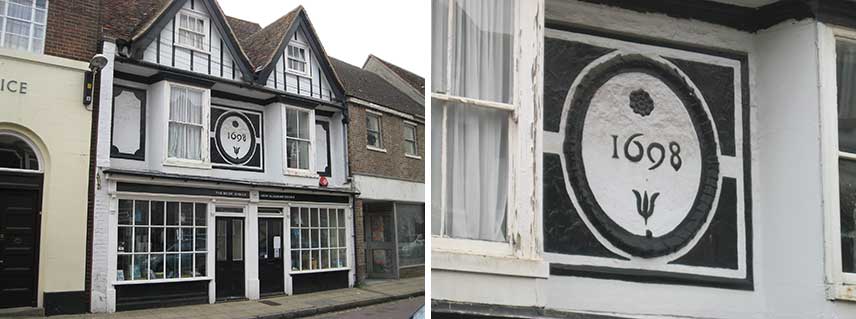
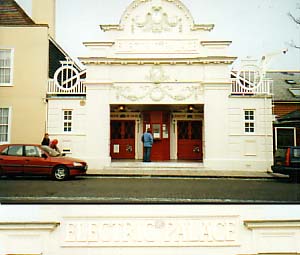 2006 image
2006 image
 2015 images
2015 images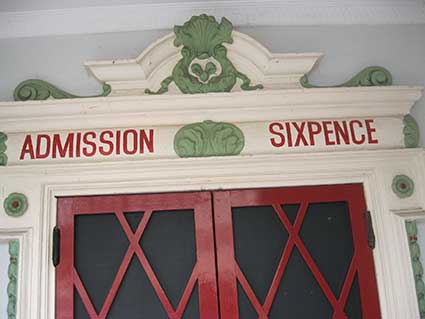
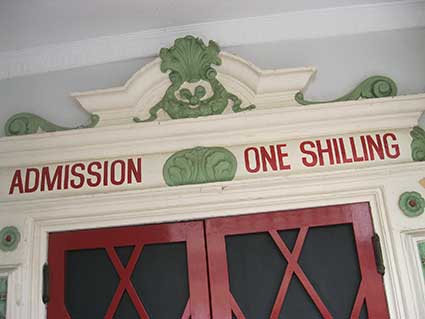
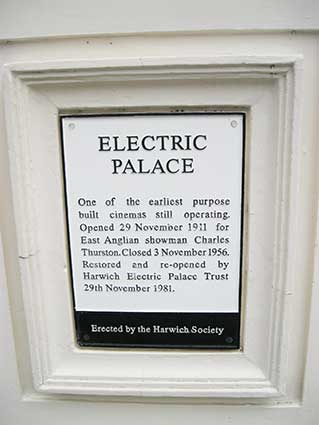
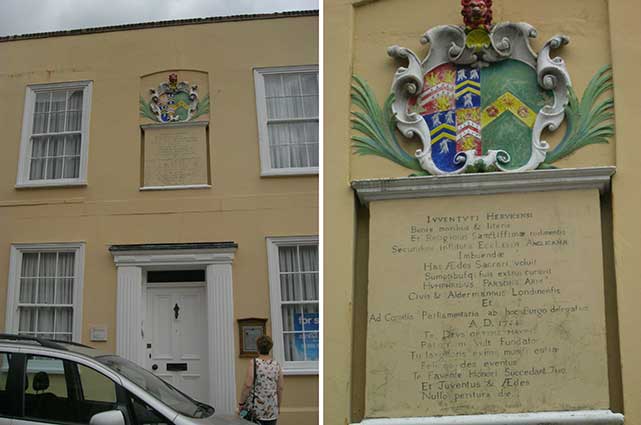
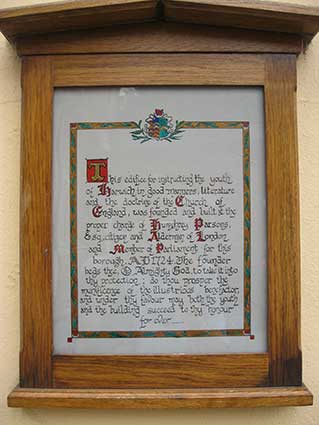
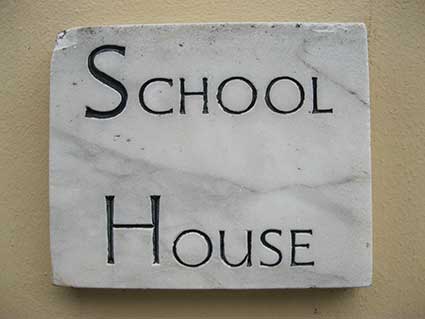
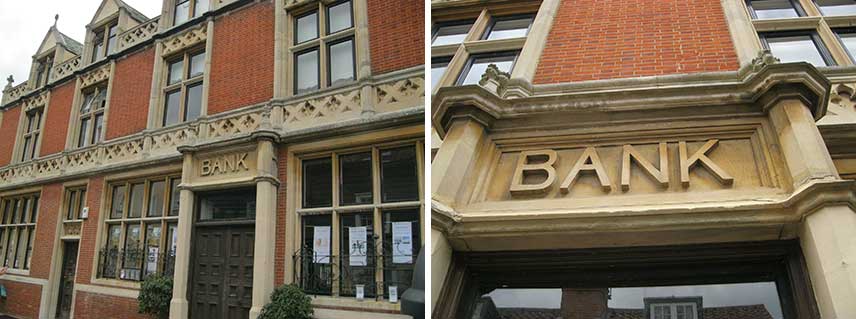
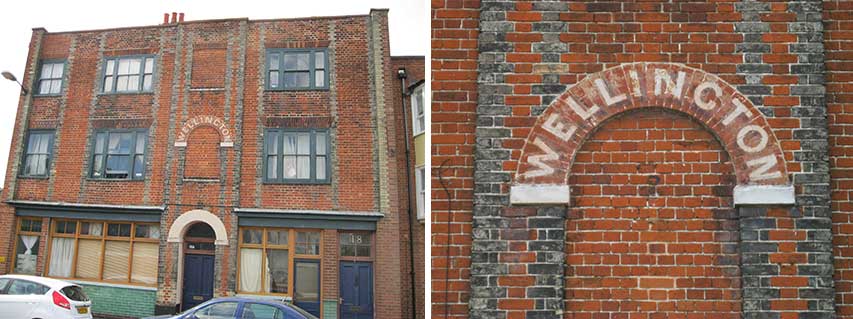 2015
images
2015
images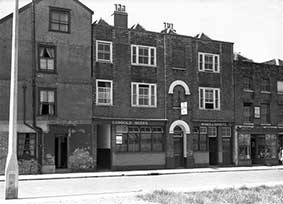

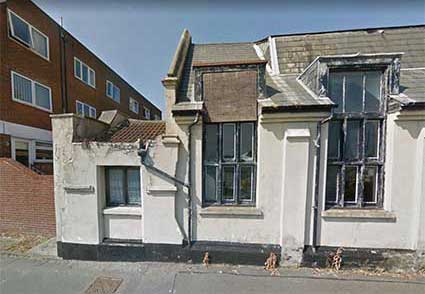
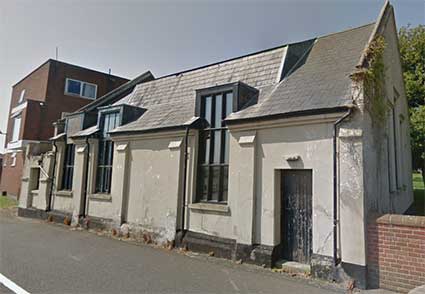
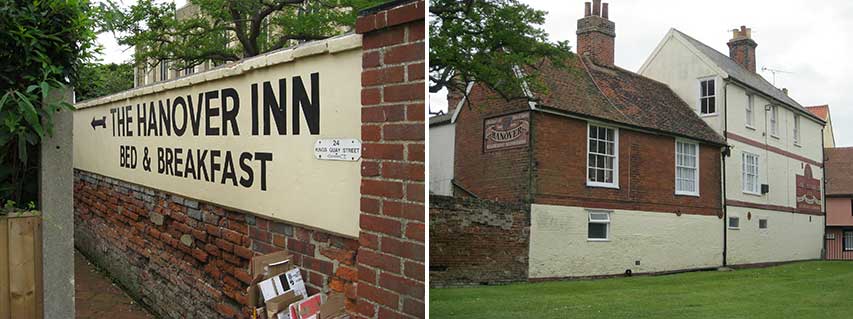 (24 Kings
Quay Street entrance)
(24 Kings
Quay Street entrance) 2015 images
2015 images
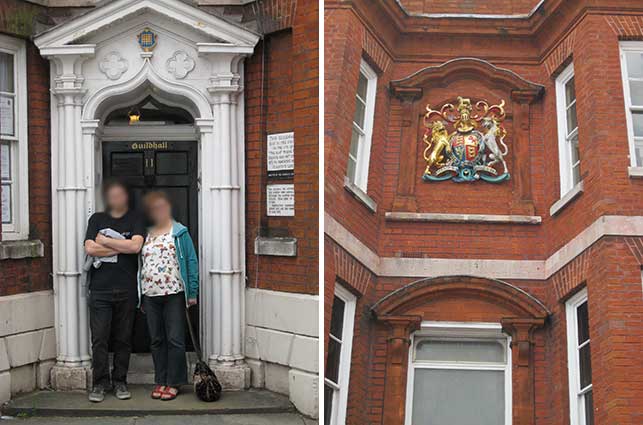 2015 images
2015 images 2015 images
2015 images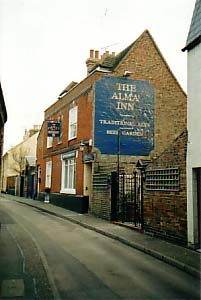 2006 image
2006 image 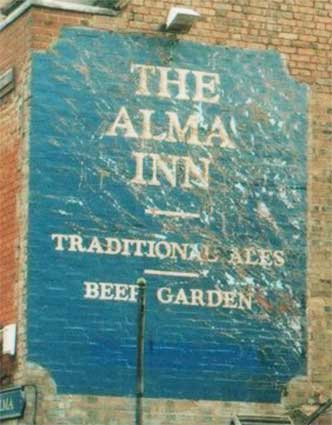

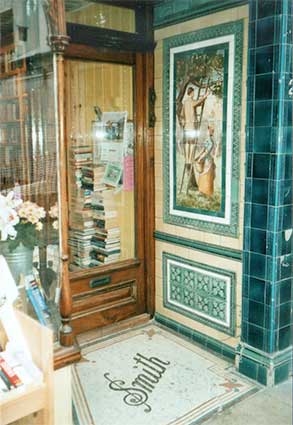
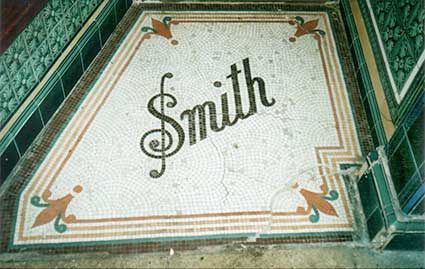
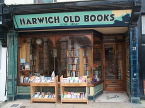 2006 images
2006 images 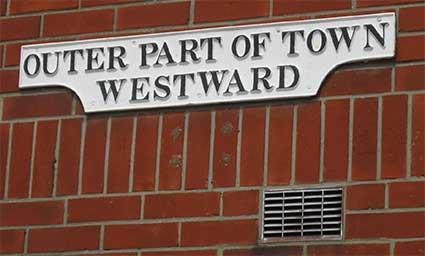
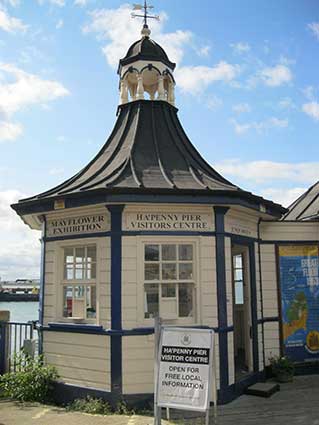

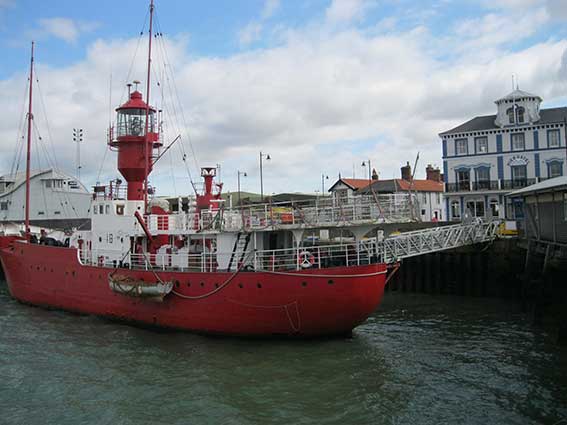
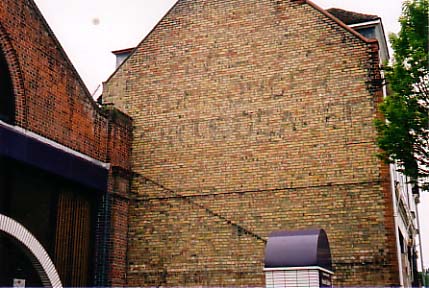
 2002 image
2002 image